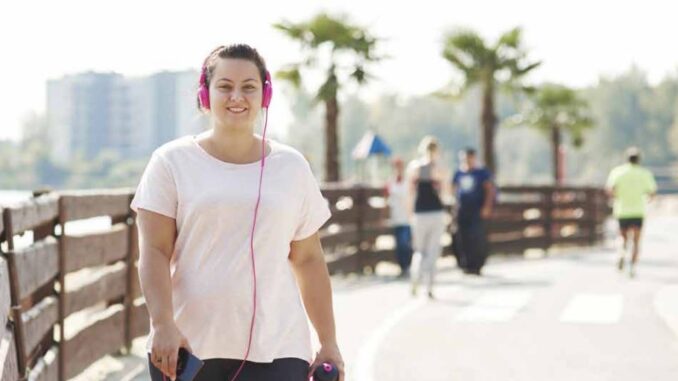
A body in motion, stays in motion. If you’re a regular exerciser and workout fanatic, you likely believe in this statement and use it to motivate you.
A body in rest stays at rest. If you’re struggling to find your groove in the gym or with consistent exercise, you might relate more with this statement. No matter where you are in your fitness and overall health journey, there are opportunities in your daily life to get – and stay – active.
BY THE NUMBERS
According to the National Institutes of Health, it’s medically proven that people who do regular physical activity have:
• Up to a 35% lower risk of coronary heart disease and stroke. • Up to a 50% lower risk of type 2 diabetes.• Up to a 50% lower risk of colon cancer. • Up to a 20% lower risk of breast cancer. • A 30% lower risk of early death. • Up to an 83% lower risk of osteoarthritis. • Up to a 68% lower risk of hip fracture. • A 30% lower risk of falls (among older adults). • Up to a 30% lower risk of depression. • Up to a 30% lower risk of dementia.
GET STARTED
To stay healthy, adults should try to be active every day and aim to achieve at least 150 minutes of physical activity over a week through a variety of activities, according to the NIH. Here are some tips from the Centers for Disease Control and Prevention on getting active in a safe, effective manner:
• Talk to your doctor if you have a chronic condition like type 2 diabetes or heart disease. • Get the support of your friends and family — and invite them to get active with you. • Start slowly and add time, frequency or intensity every week. • Schedule physical activity for times in the day or week when you’re most energetic. • Plan ahead. Make physical activity part of your daily or weekly schedule. • Walk instead of drive to nearby destinations or park the car farther away and fit in a walk to your destination. • Support improvements in your neighborhood that make it easier to walk or bike to where you want to go.


